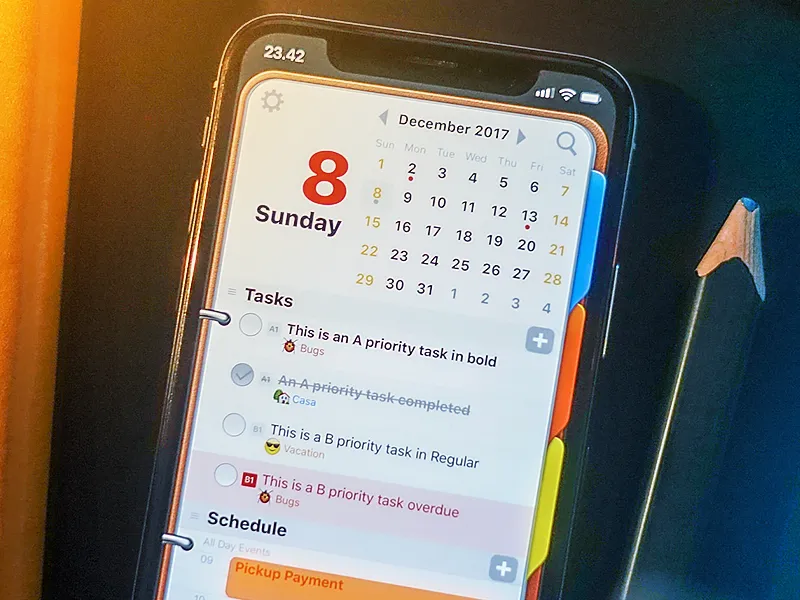Skeuomorphism, a design approach that mimics real-world objects, is making a comeback in 2024. This trend aims to create intuitive and familiar user interfaces by incorporating design elements that resemble their physical counterparts.
1. What is Skeuomorphism?
Skeuomorphism involves using design elements that replicate the appearance and functionality of real-world objects. This approach makes digital interfaces more intuitive by leveraging users’ familiarity with physical objects.

2. Why is it Making a Comeback?
The resurgence of skeuomorphism is driven by a desire for more intuitive and engaging user experiences. As digital interfaces become more complex, skeuomorphic designs can help bridge the gap by providing a sense of familiarity and comfort.
3. Examples of Skeuomorphism in Web Design
From realistic buttons and switches to textured backgrounds and shadows, skeuomorphism is being used to create visually appealing and user-friendly interfaces. These designs not only look great but also enhance usability by mimicking real-world interactions.
4. Benefits of Skeuomorphism
- Intuitive Interfaces: Users can easily understand and interact with skeuomorphic designs because they mimic real-world objects.
- Enhanced Aesthetics: Skeuomorphic elements add depth and realism, making interfaces more visually engaging.
- Increased Engagement: Familiar design elements encourage users to explore and interact with the interface, leading to higher engagement rates.
Conclusion
Skeuomorphism is making a strong comeback in 2024, offering a way to create intuitive, engaging, and visually appealing web designs. By incorporating realistic design elements, designers can enhance user experiences and make digital interfaces feel more tangible and familiar.